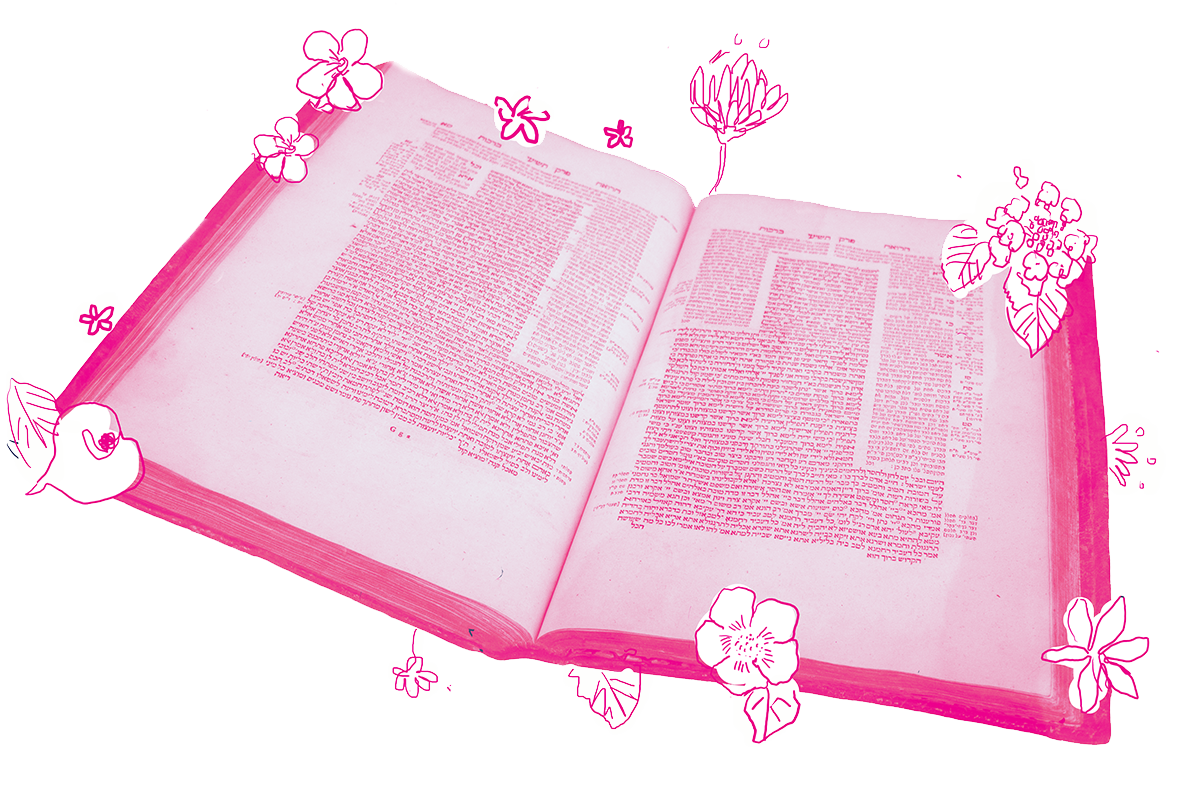Most of us have never had to do a full load of laundry by hand. But before the invention of the hand-cranked washing machine in the 1700s, that’s how everyone washed clothing and bed linens. On today’s daf, we’re reminded that doing laundry was (and still is) a messy business.
In the mishnah we encountered two days ago, we learned several restrictions to ensure that a person’s activities don’t negatively encroach on a neighbor’s parcel of land:
One may not dig a ditch, cave, water channel or launderer’s pond, unless he distanced three handbreadths from the wall of another and he plasters lime.
Water runs, and it doesn’t care where a property line sits. So the mishnah requires that anyone who builds a water feature must separate it by at least three handbreadths from his neighbor’s property and plaster the area with lime to contain the water.
With your help, My Jewish Learning can provide endless opportunities for learning, connection and discovery.
On today’s daf, the Gemara notes several other wet elements that might pose a problem before questioning why the mishnah itself needed to mention all those specific examples.
Both of those are necessary as, had it taught only a water channel, (one would have claimed that a distance must be kept) because it is fixed. But a launderer’s pond, which is not fixed, one might say no. And had it taught only a launderer’s pond, (one might have said that this must be distanced) because it is fixed and standing. But a water channel, no.
As we’ve seen many times already in our Daf Yomi journey, the Gemara seeks to understand what each specific element in the mishnah teaches. If only the channel had been mentioned, one might have thought the distance is required because the water in a channel is always moving, but a pond, which may or may not have water in it at any given time, does not have to be distanced. And if only the pond example had been taught, one might have thought that because its water doesn’t move, there’s more of a chance that it might leak, while a channel that is constantly flowing doesn’t run such a risk.
Consequently, the mishnah mentions both to ensure that either of these structures are built a minimum of three handbreadths away from a neighbor’s property line to keep the moisture from damaging the parcel.
There’s another issue with a laundry pit, though. In order to clean clothes, other materials besides water are used — and in Roman times, that included urine. At the time when the mishnah was written, it was common for launderers to collect from public urinals because the ammonia in urine can help remove stains. Assuming that individual homeowners also used urine for the same purpose, the liquid that might seep from one laundry pit could do more than just make the ground wet — it could both stink and ruin the crops.
With or without this particular ingredient, dirty laundry waste is gross. And so, a laundry pond must be located at least three handbreadths from a property line and plastered, keeping the repellent mess from befouling a neighbor’s land.
Read all of Bava Batra 19 on Sefaria.
This piece originally appeared in a My Jewish Learning Daf Yomi email newsletter sent on July 14, 2024. If you are interested in receiving the newsletter, sign up here.



